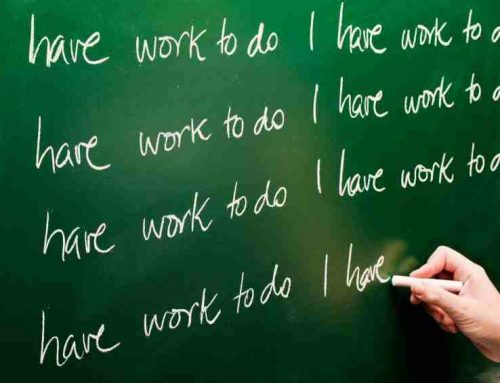Poor performance is an issue that worries managers and employees alike. It is of concern to managers because it is a measure of how effectively the organisation is led
–ies
If everyone preformed great all the time, there wouldn’t be much need for leaders. In reality of course there are plenty of performance problems you have to address. Most professionals don’t enjoy this aspect of leadership, but the best leaders never back away from the hard aspects of the job. Having said that, you’re busy and you cant intervene to fix and coach people all the time. I want you to get the most bang for your intervention buck. Think through the following two questions and they’ll help you make the right call.
First, is the behavior in question best described as a pattern or a one-time event? Unless the one-time incident represents a very large problem, you want to look for a patter of performance deviations before intervening. Next, is the area of performance in question truly important or of minor importance? Sometimes, you might be bothered when someone doesn’t do something exactly the way you like it to be done. Fair enough. But try to resist intervening until the deviation is actually affecting productivity or morale.
After considering these questions, it’s time to make the call. If you choose to intervene, respect the employee by having a private conversation. Be very positive, but be clear in explaining what you’ve observed. Your goal is to begin a dialogue with the employee so you can start to look for the root cause of the behavior. And don’t forget it’s possible you could be part of the problem.

Who knows? Maybe the instructions you gave were unclear or you didn’t give them the best resources to do the job. In general, you want to understand whether the performance problem is better explained by a lack of ability or a lack of motivation.
Understanding the Culprit

One or the other is typically the culprit, but don’t assume you know which one it is. Let good conversation uncover which one is the source. If the issue is about ability, you need to think about solutions that increase ability, including training or coaching. If the issue is motivation, you might think more deeply about the interpersonal support you’re providing.
You also have to consider whether or not the person’s skills are sufficiently aligned with the needs of the work. In other words, they might be in the wrong role. Or it might be possible their current role is too narrow or too wide.
After agreeing on an initial solution, also be sure to carefully clarify the consequences if the behavior doesn’t change. They need to know that continued poor performance is not an option. Last but not least keep your eyes open, and remember to unobtrusively monitor their progress. Correcting performance problems can be difficult, but when done right, it can also be very rewarding. Follow these tips, and you’ve got a great shot to get your employee back on track.
CTTO for the images used.




















Leave A Comment
You must be logged in to post a comment.